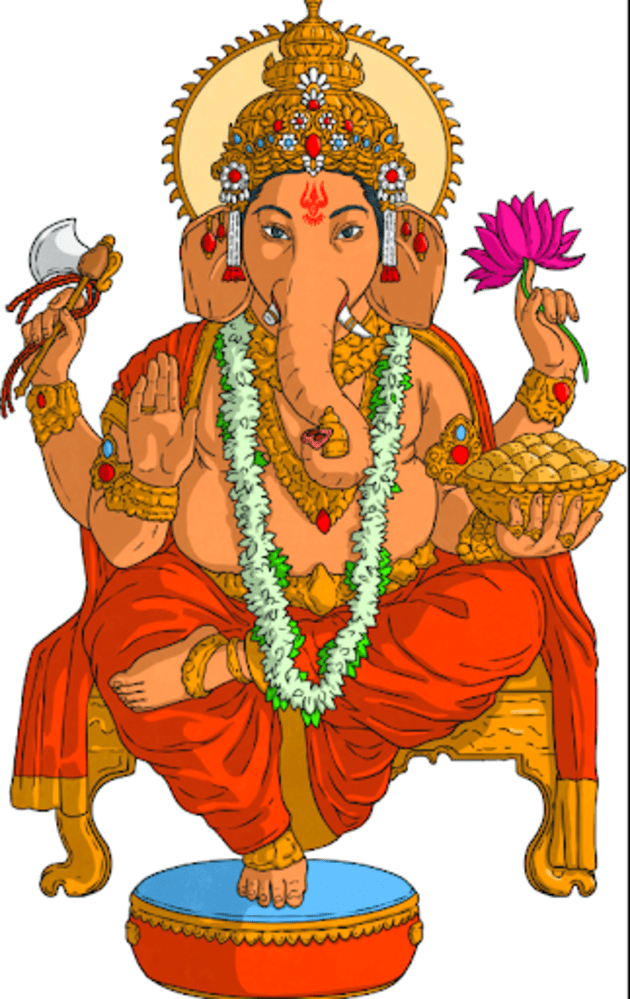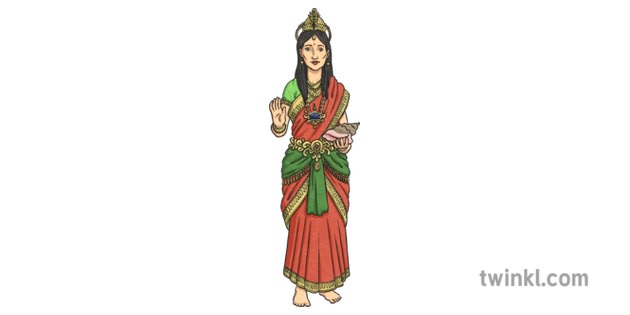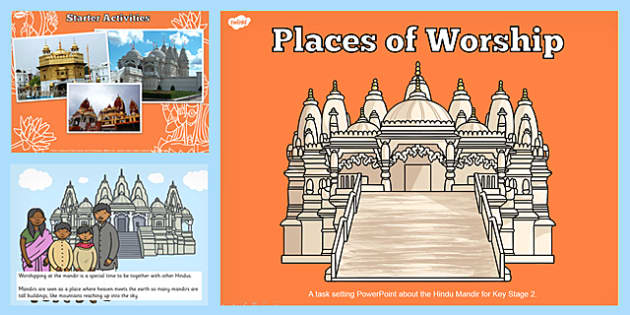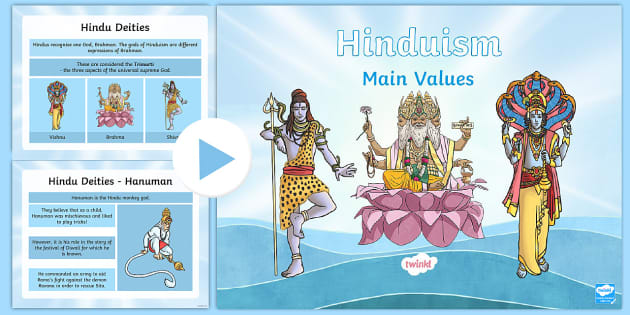

Learn all about the Hindu god Ganesh with this handy teaching wiki and see how you can introduce him to children in the classroom or at home with engaging resources and activity ideas.
Lord Ganesh is one of the most popular and important Hindu deities.
Ganesh is the son of Lord Shiva and the goddess Parvati. The god Ganesh is depicted with the following features:

Teaching your children about the god Ganesh? Take a look at this handy PowerPoint.
Known as the Remover of Obstacles and the Lord of Beginnings, Hindus pray to Ganesh when they're embarking on something for the first time. Believed to bestow wisdom and good fortune, Ganesh is also the god of wisdom, success, good luck, travelling and transition.
The god Ganesh is known by many names. Some of his other names include:
To learn more about the Hindu faith, check out the Twinkl Original YouTube video below:
The god Ganesh is one of the main and most important Hindu gods. Ganesh is so well-known, and one of the most recognisable Hindu deities outside of India, due to his depiction as having an elephant head and human body. He is one of the most-loved Hindu deities as he is believed to bring good fortune and protection when embarking on something new.
The god Ganesh is a popular figure in Indian art, often depicted in statues and artwork.
Like many of the Hindu gods, Ganesh has superhuman strength and stamina. Ganesh isn't immortal, but has a magical long life.

Hindus worship Ganesh in temples, known as mandirs, as he is the god of all obstacles.
The god Ganesh is depicted in various ways in Hindu temples, with many temples being dedicated to him. The god of travelling and transition, Ganesh, is often placed at the doorway of Hindu temples. There are also many Ganesh shrines around India.
Check out our teacher-made PowerPoint onHindu Mandirs:
An exciting, ten-day festival that takes place in August or September, Ganesh Chaturthi is a celebration of the birth of Lord Ganesh. Celebrated by Hindus all over the world, Ganesh Chaturthi is an important Hindu celebration.
While Ganesh Chaturthi is a large festival celebrated in places such as Andhra Pradesh, and other parts of India, in other places it is celebrated simply by enjoying hymns and making offerings at home.
At the beginning of Ganesh Chaturthi, statues of Ganesh are anointed with a special paste and flowers. Offerings of coconut and modaks (freshly grated coconut and jaggery in a soft outer shell made from rice flour or wheat flour mixed with khowa or maida flour), amongst other things, are made to Ganesh. Sweets are an important offering as Hindu legend states Ganesh likes them.
At the end of the festival, enormous statues of Ganesh are carried in huge processions into the sea, rivers and lakes. Accompanied by drums and dancing, the statues are placed in the water as part of a final ritual that sends Ganesh home to the sacred mountain of Kailash.
Celebrating Ganesh Chaturthi? Take a look at this colourful Display Banner:
There are many different stories about the birth of Ganesh. Most state that Ganesh was created by the goddess Parvati.
Whilst taking a bath, Parvati took some turmeric paste and created a human form from it and brought it to life. Parvati then instructed her new son to guard the gates whilst she bathed.

Upon Lord Shiva's return from the mountains, he was outraged by Ganesh preventing him from entering the house. Lord Shiva called for demons to fight with the young Ganesh. This is how Ganesh lost his head.
Parvati then emerged from the house and was devastated by what had happened. Revealing that Ganesh was in fact their son, Shiva sent his bull, Nandi, to retrieve the head of a creature. Nandi brought back the head of an elephant.
Shiva placed the head of the elephant on the boy and brought him back to life. Parvati then asked the gods to bless her son, and so he became the god Ganesh, god of wisdom and good fortune.
The elephant represents wisdom and knowledge, therefore, Ganesh became the Remover of Obstacles, just like the elephant.
Ganesh Information PowerPoint:This easy-to-use, informative PowerPoint should be a great help. It features in-depth information about Ganesh and what he represents.
Hinduism Main Values PowerPoint:Exploring the main values of Hindu Dharma, this PowerPoint make a welcome addition to your RE lesson.
Hindu Dharma Worksheet Hindu Deities:Children can select a Hindu deity of their choice and research information about them.
 Home
Home  Membership
Membership  Customer Support
Customer Support  Create
Create  Blog
Blog 


























